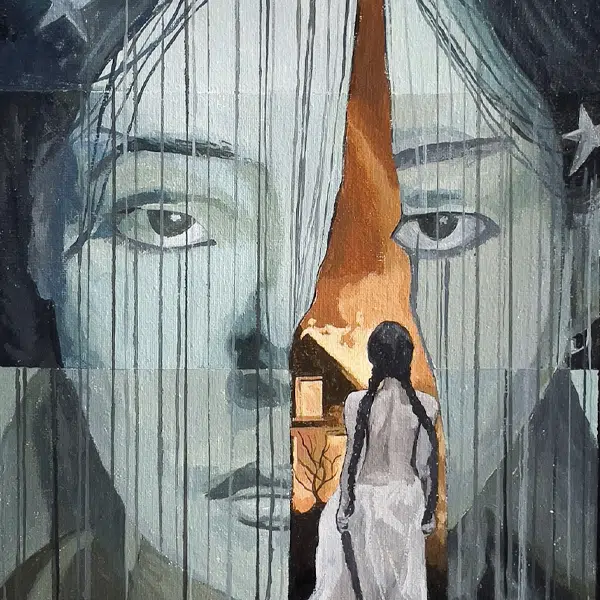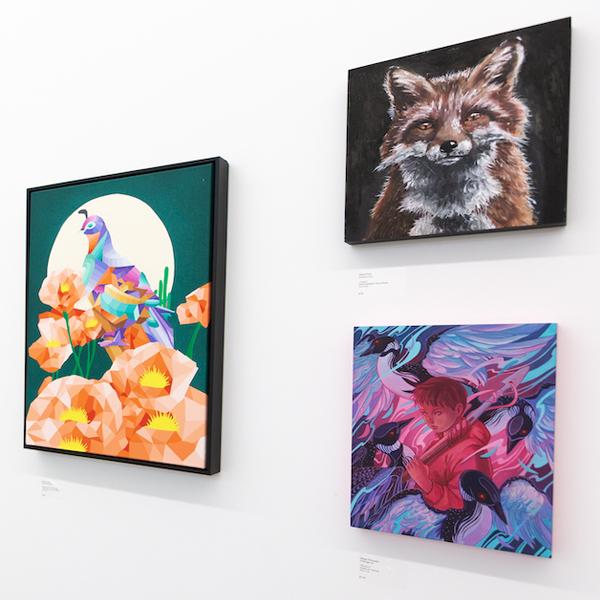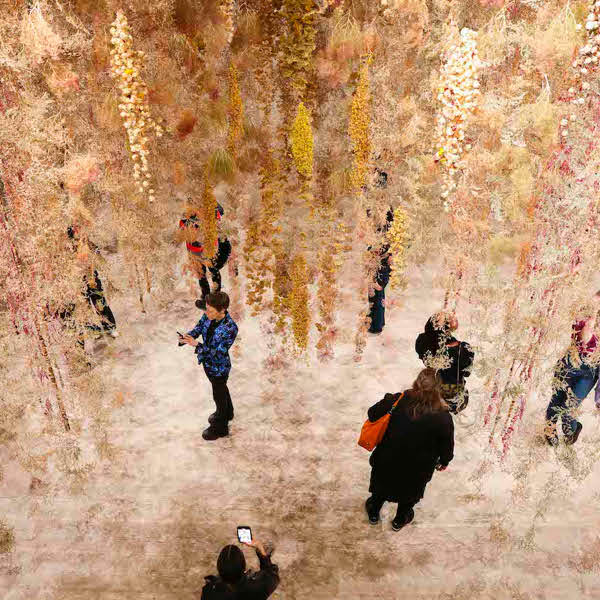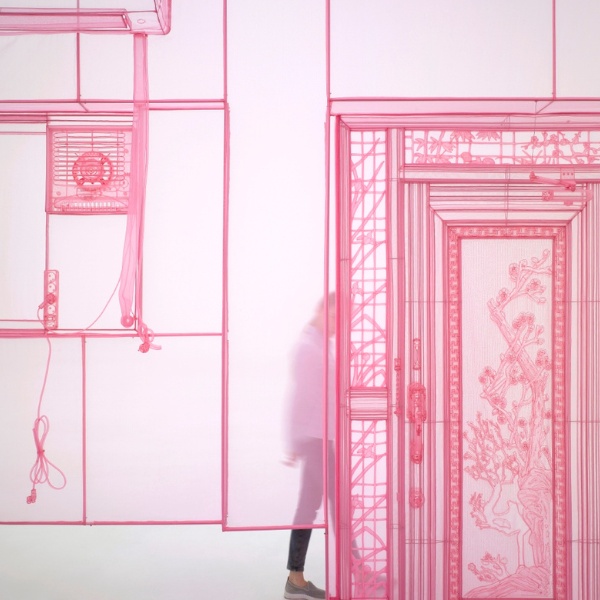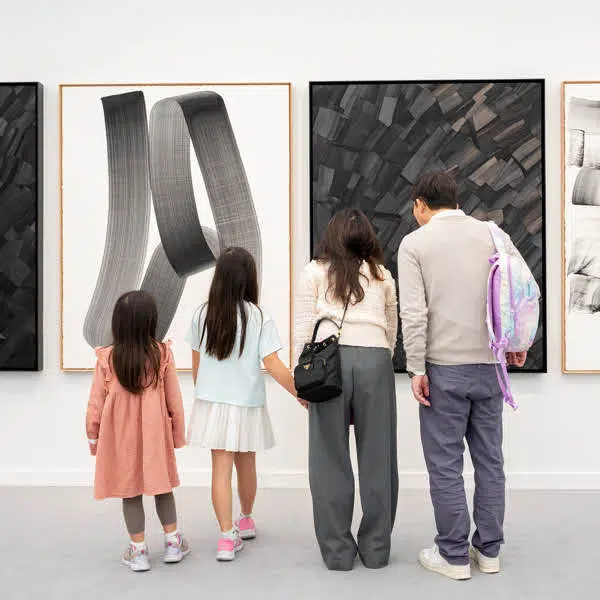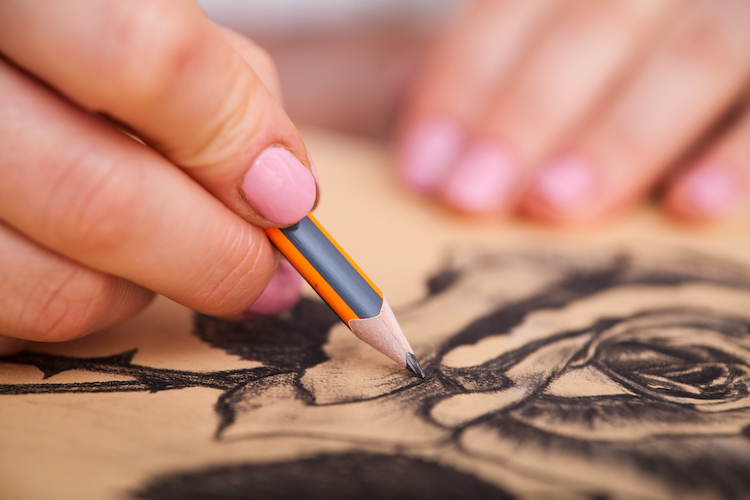
Photo: Drawing a rose from Djem / Shutterstock.com
This post may contain affiliate links. If you make a purchase, My Modern Met may earn an affiliate commission. Please read our disclosure for more info.
When you think of love, one of the first things you think of are probably roses. As one of the world's most popular blooms, they've proven themselves to be an enduring symbol of romance throughout time. Just as writers speak of their beauty, artists like to draw their delicate petals.
This particular bloom is a challenge even for the most seasoned drawer. Loaded with layers of petals, sketching a rose in a realistic way requires you to have an understanding of foreshortening and shading techniques.
Improving your drawing skills isn’t something that’s done overnight. It takes years—and many hours—of practice to get your roses right. But once you learn the basic techniques of how to draw a flower, you can use them to replicate roses and refine your skills. And with every flower you draw, you’re becoming more adept at it. Need proof? There’s an entire draw it again movement that challenges the artist to redraw things they created years ago, and the results are incredible.
Before you begin to draw a rose, make sure you have the right supplies.
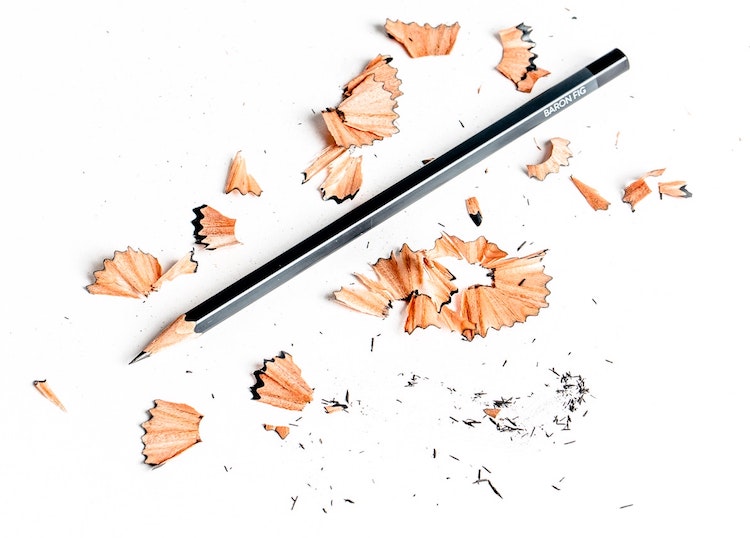
Photo: Tim Wright
Roses showcase a variety of tones. Their petals are folded around one another, and this creates deep shadows with highlights appearing at the outer edges of the plant. Because of these opposing casts, you'll want to use at least two pencils in your drawing. One will be a hard graphite (H to 9H) and the other will be softer (B to 9B). The hard graphite will help you indicate fine details while the softer lead allows you to achieve rich darks.
To select the best drawing pencils for your artistic practice, check out our top picks. Once you've got your pencils sorted, be sure to grab a white eraser—another essential in sketching.
Select your drawing source.
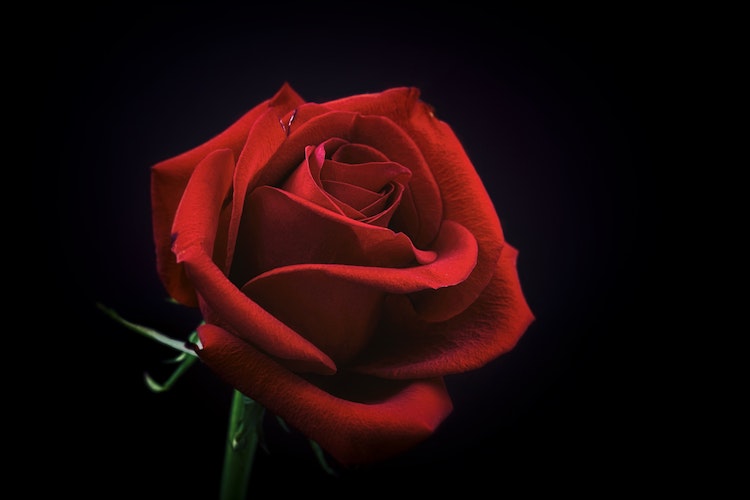
Photo: Carlos Quintero
When you're first learning to draw, creating work from direct observation is always preferred. It's a bit different with live flowers, however, as they are liable to change by the end of the day! To ensure that they look the same from the start to finish of your drawing, try sketching from a photo like this one.











































































